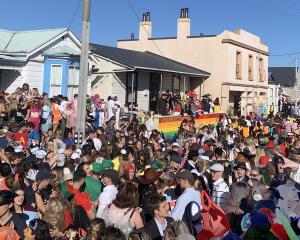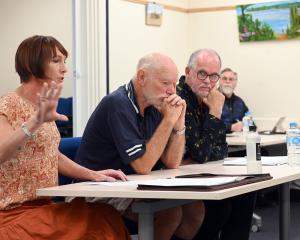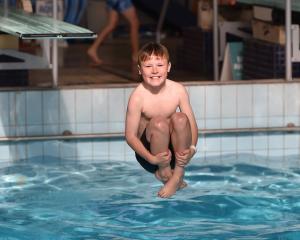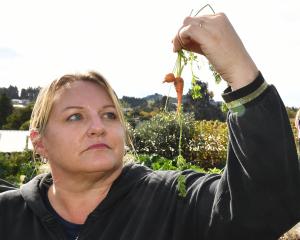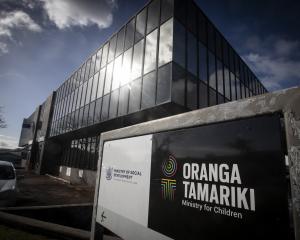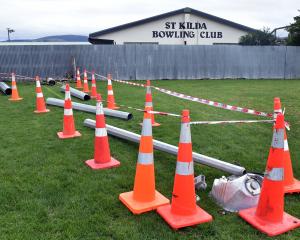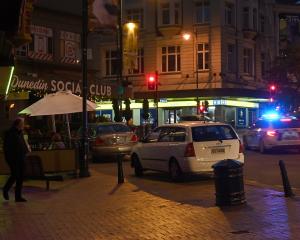Council candidates who poll well in their immediate communities should be in with as good a chance as those who attract widespread support across Dunedin.
University of Otago Associate Prof Janine Hayward said under the single transferable vote system candidates needed just 6.6% of the vote to win one of 14 council seats.
Residents began receiving voting papers for the October local body elections yesterday.
They will have plenty of reading to do, as for the Dunedin City Council alone there are 43 council candidates and 11 mayoral candidates to choose from.
This election all 43 council candidates will stand in just one ward, meaning all voters will be able to vote for all candidates.
In the past, those in smaller wards could only vote for the few who stood in them.
Prof Hayward, a political studies lecturer, was chairwoman of an independent review team appointed to carry out the council’s representation review.
The review went through a council and Local Government Commission process in the past year, the result being an end to wards in the city but the retention of community boards.
Prof Hayward said for those who had voted in the larger central ward last election, there would be little change, as there were 35 candidates in 2013, and just a few more, at 43, this year under the single ward system.
Voters who had been in smaller wards would have more candidates to consider before making a choice.
But the single transferable vote system was better for a larger ward, Prof Hayward said.
"STV works really well with a sizeable ward like that."
Candidates needed just over 6% of the vote, which would not disadvantage those who had strong local support within a limited community, she said.
Someone well-known in a particular part of Dunedin who campaigned well and had found an economical way to get city-wide advertising to pick up preferences, stood a good chance.
If enough people, even in a small community, gave them first-preference votes, 6.6% was enough to get them elected.
Prof Hayward said to calculate the "quota" of 6.6%, a "dummy candidate" was added to the 14 council positions, making it 15, which was divided by 100.
Generally, candidates either needed a strong first-preference vote, or, as outgoing councillor Jinty MacTavish did in the 2010 election, get "really strong" second-preference votes.
The STV system "wasted" very few votes, whereas the first-past-the-post system, used in the past, wasted "a huge number of votes", Prof Hayward said.
In FPP "lots of people get elected on nothing like a majority".
Prof Hayward’s advice for people filling in their voting papers was not to rank people they did not want to see elected.
"I always say to people only rank the candidates you want to help elect. So if there are only three, rank three; if there are 20, rank 20.
"If you do only rank three, you minimise the chance you’re going to help elect somebody, because at some point your vote won’t transfer any further.
"If there’s not a fourth person you would vote for, don’t rank them, because when you rank people, you’re helping get them elected."
Most people thought they had to rank 14 in a situation where there were 14 seats, but that was not the case, she said.
"It doesn’t do any harm if they do, as long as there’s 14 of them that they really want to help get elected.
"It’s as many or as few that you want to help get elected."




